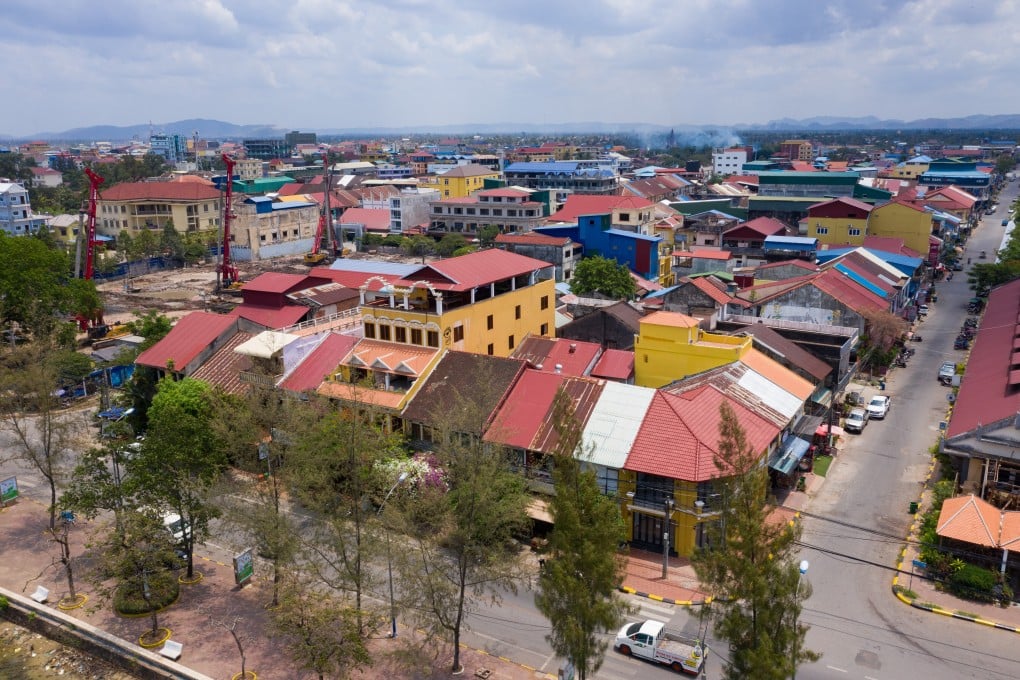Chinese construction in Cambodia’s ‘next tourism hotspot’, Kampot, has residents and NGOs worried
- The once sleepy riverside town of Kampot seems set to become Cambodia’s next tourist hotspot
- Land prices are rising, construction work on a 42-storey entertainment complex has started in its colonial-era heart, and a national park is being cleared

Pen Sokunthea escaped the bustle of the Cambodian capital, Phnom Penh, for the sleepy riverside town of Kampot two years ago, drawn by its tranquil charm and laid-back pace of life.
“I’m not a big city girl,” says Pen, who runs a cafe on the outskirts of the town 150km (90 miles) south of Phnom Penh, close to the coast. “I much prefer the peace and quiet, and Kampot is perfect for that.”
However, big changes are coming to the town, which is set to become Cambodia’s next tourism hotspot. As investment opportunities and development plans are unveiled, fears have been raised that Kampot’s tranquillity may be shattered.
In the town’s colonial heart, construction has already started on a twin-tower development that rises above a quaint stretch of buildings lining the once peaceful riverfront. In January 2020, bulldozers rolled in and have been working from morning to night ever since, digging the foundations for the 42-storey project backed by Chinese investors.

Slated to house shopping malls, entertainment centres, condominiums and restaurants, the development will be the tallest in Cambodia outside Phnom Penh.
Meanwhile, a tourism port is slated to start welcoming visitors in 2022, Chinese investors are being invited to snap up land around Kampot, and swathes of Bokor National Park are being razed to develop satellite cities on the mountain slopes.